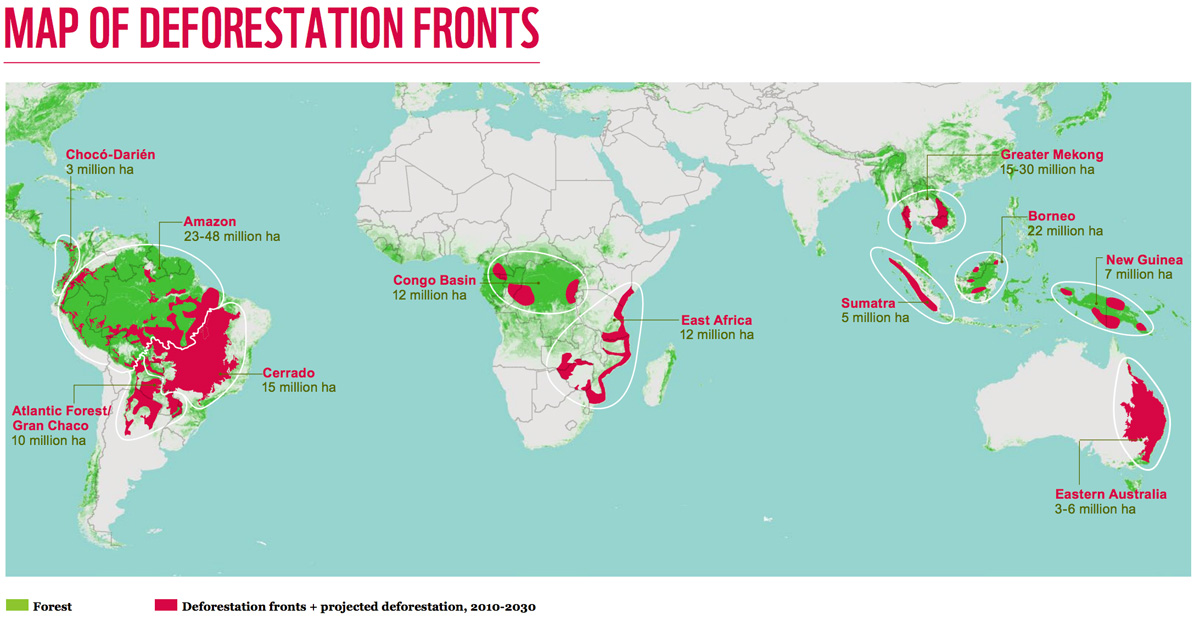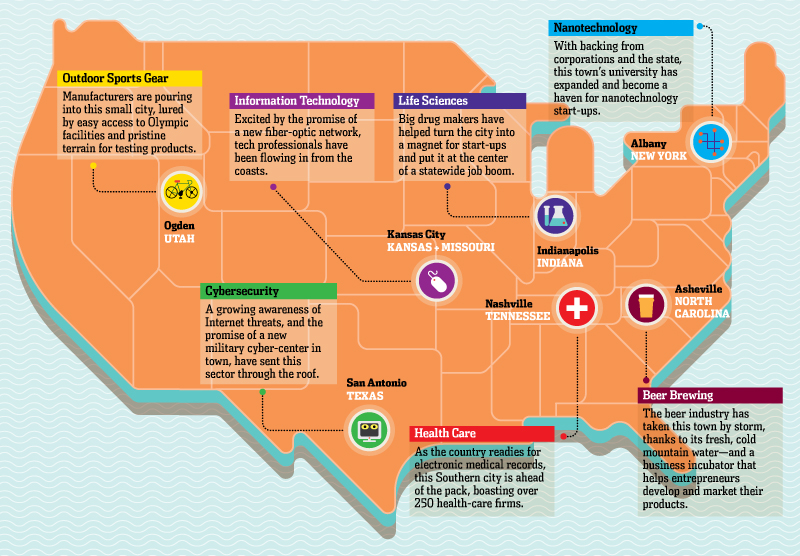Canada's Trade Strategy: Waiting For A Favorable US Deal

Table of Contents
The Current State of US-Canada Trade Relations
The United States and Canada share one of the world's largest and most integrated trading relationships. The foundation of this relationship is the United States-Mexico-Canada Agreement (USMCA), which replaced NAFTA in 2020. While USMCA has brought some stability, several points of contention continue to shape the dynamic between the two countries. These ongoing negotiations significantly impact Canada's trade strategy and overall economic outlook.
Key areas of ongoing discussion and potential friction include:
-
Softwood Lumber: The long-standing dispute over softwood lumber exports remains a significant irritant, with periodic imposition of duties and countervailing measures by the US.
-
Dairy: The Canadian dairy industry faces ongoing challenges from US competition, leading to periodic trade tensions.
-
Energy: The differing approaches to energy production and environmental regulations create complexities in the trade of oil and gas between the two nations.
-
Current trade volume between Canada and the US: Billions of dollars in goods and services are exchanged annually, making the US Canada's largest trading partner.
-
Key sectors impacted by the trade relationship: The automotive, agriculture, forestry, and energy sectors are particularly vulnerable to shifts in the US-Canada trade relationship.
-
Recent trade disputes and their resolutions (or lack thereof): While some disputes have been resolved through negotiation or arbitration under USMCA, others remain unresolved, creating uncertainty for Canadian businesses.
Canada's Diversification Efforts: Beyond the US
Recognizing the risks associated with over-reliance on a single trading partner, Canada has actively pursued a strategy of trade diversification. This involves forging stronger economic ties with countries across the globe.
- Progress made in diversifying trade partners: Canada has successfully secured trade agreements with numerous countries, including those within the Comprehensive and Progressive Agreement for Trans-Pacific Partnership (CPTPP) and is actively exploring further agreements with the European Union.
- Challenges faced in expanding trade relationships beyond North America: Geographical distance, differing regulations, and cultural nuances present significant hurdles to expanding trade relationships beyond North America.
- Potential benefits and drawbacks of diversification: Diversification reduces reliance on the US market, increasing economic resilience. However, building new trade relationships requires significant investment and time.
The Importance of the Asian Market for Canada
Asia represents a significant opportunity for Canada to diversify its trade relationships. Countries like China, Japan, South Korea, and India offer substantial potential for Canadian businesses.
- Specific trade agreements or initiatives with Asian countries: Canada has actively pursued bilateral agreements with several Asian nations, focusing on sectors like natural resources and technology.
- Investment opportunities in Asia for Canadian businesses: Asian markets offer significant opportunities for Canadian businesses seeking to expand their reach and access new customers.
- Logistical and cultural barriers to increased trade with Asia: Significant geographical distances, differing business practices, and cultural nuances present challenges to increased trade with Asia.
The Economic Impact of Delaying a Favorable US Trade Deal
A failure to secure a favorable trade agreement with the US could have severe consequences for the Canadian economy. Prolonged uncertainty could stifle investment, hinder growth, and lead to job losses.
- Potential job losses in key sectors: Sectors heavily reliant on US trade, such as automotive manufacturing and agriculture, could experience significant job losses.
- Impact on Canadian GDP: A prolonged trade dispute could negatively impact Canada's overall GDP growth.
- Effect on foreign investment in Canada: Uncertainty around the US-Canada trade relationship could deter foreign investment.
Potential Solutions and Future Outlook for Canada's Trade Strategy
To mitigate the risks and secure its long-term economic future, Canada needs a proactive and multi-faceted trade strategy.
- Potential negotiating strategies for Canada: Canada needs to employ a strong negotiating stance, balancing collaboration with a firm defense of its interests.
- Opportunities for compromise and collaboration with the US: Finding common ground and areas for compromise is essential for reaching a mutually beneficial agreement.
- Long-term vision for Canada's trade relationships: Canada needs a long-term strategy for diversification, focusing on building strong and resilient relationships with a diverse range of trading partners.
Conclusion
Canada's trade strategy remains heavily reliant on securing a favorable deal with the US. While diversification efforts are underway, the immediate economic implications of a prolonged stalemate are significant. Addressing current trade disputes and proactively pursuing a more balanced trade relationship with the US are crucial for Canada's long-term economic health. A proactive and adaptable approach to Canada's trade strategy is necessary to ensure future prosperity. The future of the Canadian economy depends on a successful negotiation of a mutually beneficial trade agreement with the US, and a diversification strategy that reduces reliance on a single trading partner. Learn more about the intricacies of Canada's trade strategy and its impact on the Canadian economy.

Featured Posts
-
 Private Credits Growing Instability Warning Signs Before The Turmoil
Apr 27, 2025
Private Credits Growing Instability Warning Signs Before The Turmoil
Apr 27, 2025 -
 Where To Buy Ariana Grande Lovenote Fragrance Set Online At The Best Price
Apr 27, 2025
Where To Buy Ariana Grande Lovenote Fragrance Set Online At The Best Price
Apr 27, 2025 -
 Wta Tennis Final Matches Set In Austria And Singapore
Apr 27, 2025
Wta Tennis Final Matches Set In Austria And Singapore
Apr 27, 2025 -
 Charleston Open Upset Pegula Defeats Collins In Comeback Victory
Apr 27, 2025
Charleston Open Upset Pegula Defeats Collins In Comeback Victory
Apr 27, 2025 -
 Local Jeweler Aids Nfl Players Fresh Start In Mc Cook
Apr 27, 2025
Local Jeweler Aids Nfl Players Fresh Start In Mc Cook
Apr 27, 2025
Latest Posts
-
 Where To Invest A Map Of The Countrys Top Business Locations
Apr 28, 2025
Where To Invest A Map Of The Countrys Top Business Locations
Apr 28, 2025 -
 Identifying Key Business Growth Areas In The Country
Apr 28, 2025
Identifying Key Business Growth Areas In The Country
Apr 28, 2025 -
 New Business Hotspots Across The Country Location And Growth Potential
Apr 28, 2025
New Business Hotspots Across The Country Location And Growth Potential
Apr 28, 2025 -
 The Countrys Emerging Business Hubs A Geographic Analysis
Apr 28, 2025
The Countrys Emerging Business Hubs A Geographic Analysis
Apr 28, 2025 -
 Mapping The Countrys Newest Business Hotspots
Apr 28, 2025
Mapping The Countrys Newest Business Hotspots
Apr 28, 2025
